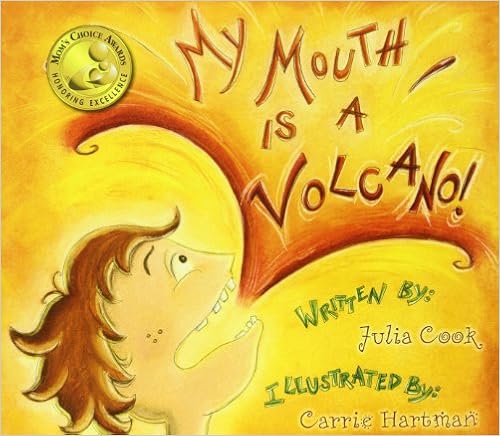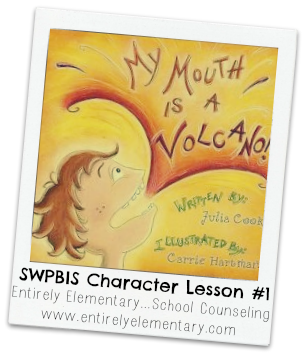The character lesson topics are often agreed upon by our SWPBIS/Social-Emotional Learning Committee prior to the lesson date. But, truth be told, I often choose the topic and develop the lesson based on what those students are demonstrating a need in or what I hear from classroom teachers as the presenting need.
For character lessons, I often group together grades K, 1 and 2 and group together grades 3, 4 and 5. I attempt to use the same books or video clips, but modify any written portion to meet developmental levels. There are times when I plan two different lessons. I never know how many students I will have for each lesson, so I tend to plan on 30 per group (last year I never hit that number - in fact - never close). Many of my ideas come straight out of my own noggin....but Pinterest also comes in handy to jump-start any ideas!
So far, I have not recycled any of the character lessons -- so I plan on posting on the blog a bunch of these planned character lessons for you to use with your students!
SWPBIS Character Lesson #1: My Mouth is a Volcano
Often students make poor choices in the words they decide to use with peers and adults. I felt it was necessary to do this lesson pretty early on in the school year. I also took the opportunity to teach and discuss the concept of cause and effect.
 1. I read the book My Mouth is a Volcano by Julia Cook and engaged students in discussion throughout. I love children's literature - use it often and plan out ahead of time what questions to ask and where I'm "going" with the story. I wanted to pay close attention to the consequences so my questioning guided this learning/discovery. I often write my questions on sticky notes and either put on the pages or just inside the cover of the book so I have them for the next time I read it.
1. I read the book My Mouth is a Volcano by Julia Cook and engaged students in discussion throughout. I love children's literature - use it often and plan out ahead of time what questions to ask and where I'm "going" with the story. I wanted to pay close attention to the consequences so my questioning guided this learning/discovery. I often write my questions on sticky notes and either put on the pages or just inside the cover of the book so I have them for the next time I read it.
2. Students then received the following workpages to complete independently. I tend to include some sort of written portion to the lesson - this is something tangible they can take back to their classroom to discuss with their classroom teacher AND something tangible to take home to discuss with their parents. I do think, however, that this year I will be adding some sort of disclaimer on every SWPBIS character lesson workpage that it was part of a character lesson activity that took place in lieu of the incentive. I always bring pencils to the location we are doing the lesson and I give the students the pencils and sheets when I'm ready for them to have them. This way, I don't have to worry about pencil playing during the lesson. K, 1 and 2 are encouraged to either write their response or draw their response. If they draw a response, I will write what they are describing in the drawing on the work-page.
K, 1 and 2 (1/2 sheet)
3, 4 and 5 (whole sheet)
3. After students complete the workpage, we reconvene and share out. Students can comment on other student's work and also I find that they then give advice or make connections.
4. The last portion of the lesson included Cause and Effect scenarios. On sticky notes I wrote either a behavior (cause) or a consequence (effect). Some cause examples: yelling at a teacher, calling a peer stupid, etc. Some effect examples: time out, trip to the principal's office, peers wanted to play with him/her, etc. I arranged the sticky notes in a circle on a magnetic white board and put the following magnetic spinner in the middle. By the way, I use this spinner often - usually in games I create for small support groups. It adds a bit of fun and gets the kids up and moving!
Then each student gently spun the spinner. If it landed on a behavior the student had to state a possible consequence. If the spinner landed on a consequence, the student had to state a possible cause. The K, 1 and 2 students stated their responses aloud and the students in 3, 4 and 5 wrote their responses on the following sheet. I reviewed all written responses after each spin and before moving ahead to the next one.






I love this idea, thanks so much for sharing! On our incentive days the kids who didn't get it usually sit by the wall, but I think it would be way more beneficial to do something like this! I'm the school psych, but since we only have a counselor for the 7th and 8th graders at my K-8th school, I think I'll ask if I can do this. I look forward to reading about more of your lessons....hope you don't mind if I borrow your ideas. I love to help, but I'm not very creative :)
ReplyDelete